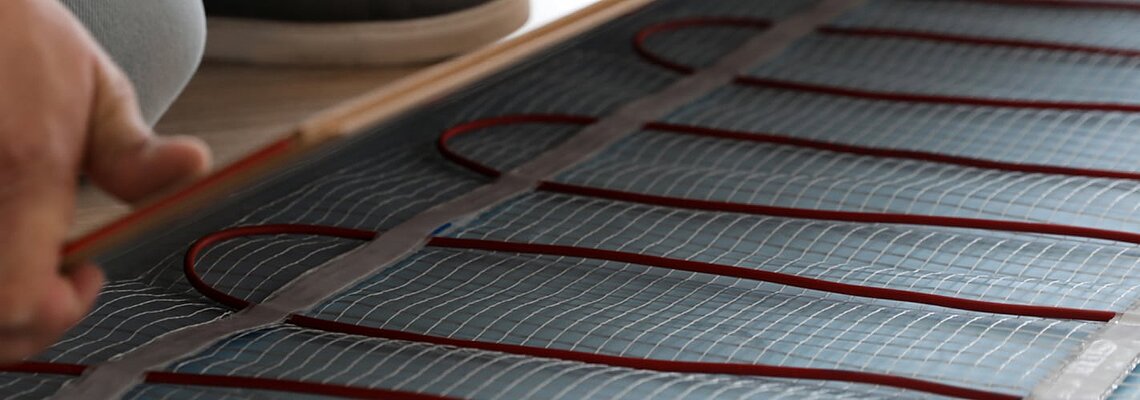
Meeting Electrical Codes When No Commercially Available Certified Product Exists
What can an electrical-system designer or installation contractor do when there are no products or solutions suitable to meet an electrical code requirement? From time to time, this situation emerges if code writers get ahead of available technology or when previously available products are phased out. Even if products are available, the National Electrical Code only allows their use if they are certified to a particular standard(s). The situation can seem impossible.
The answers, at least in the short term, lie with the authority having jurisdiction (AHJ) which may be empowered to approve the use of best-available products when no certified purpose-built device exists. This enforcement authority is described in NEC-2017 Article 90.4.
A case in point is the NEC-2017 requirement for ground-fault protection for personnel in non-dwelling-unit installations (Article 210.8(B)). The Code defines personnel ground-fault protection as Class A Ground-Fault Circuit-Interrupter (GFCI) protection and refers to the Underwriters Laboratories Standard 943 as clarification. Class A GFCI’s are commonly referred to as 5-mA ground-fault protection, or simply GFCI’s. A device can only be called a Class A GFCI if it is certified by a recognized qualified testing laboratory to UL 943, and so marked.
NEC-2017 210.8(B) requires Class A GFCI protection for all receptacles rated 150 V or less to ground, up to 50 A for single-phase receptacles and up to 100 A for three-phase receptacles. Certified-product availability in the single-phase group is relatively good. However, for three-phase circuits, certified Class-A protection over 50 A may not exist.
Solving the gap
There are a couple of approaches to bridging this product-availability gap. A system-design alternative is to avoid the use of receptacles—a hard-wired circuit does not require the same personnel protection. This approach may work well in some situations, but it may not be acceptable in others such as for quick appliance swap-outs or the need to regularly clean around appliances.
The AHJ may accept protection alternatives that come very close to Code requirements. An example is Bender LifeGuard protection panels in applications for which a Class A GFCI is not available. The LG2 series of protection panels are Listed Industrial Control Panels (UL 508A) that are available in configurations that closely mirror Code requirements. In particular, the “F” types provide ground-fault protection with a time-current interrupting characteristic that meets the UL 943 Standard, while being available for up to 100-A single-, split-, and three-phase circuits.
For more information about this application or to learn more about Bender technology related to your specific application, contact our team of experts.
This article is for informational purposes only. Bender provides the information "as is" without warranty and is not responsible for its accuracy or reliability. No warranties are given regarding its suitability for any specific circumstances.




